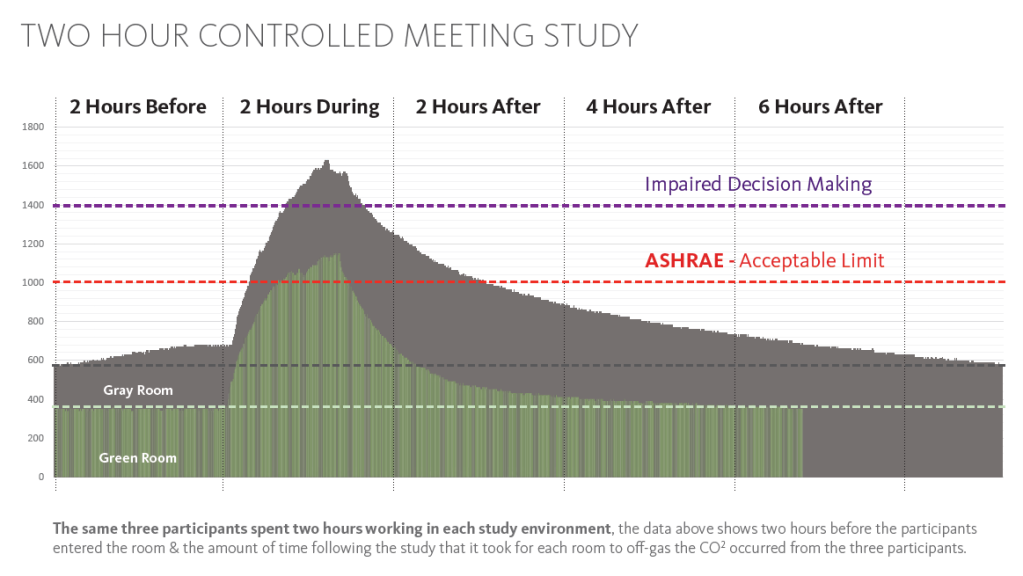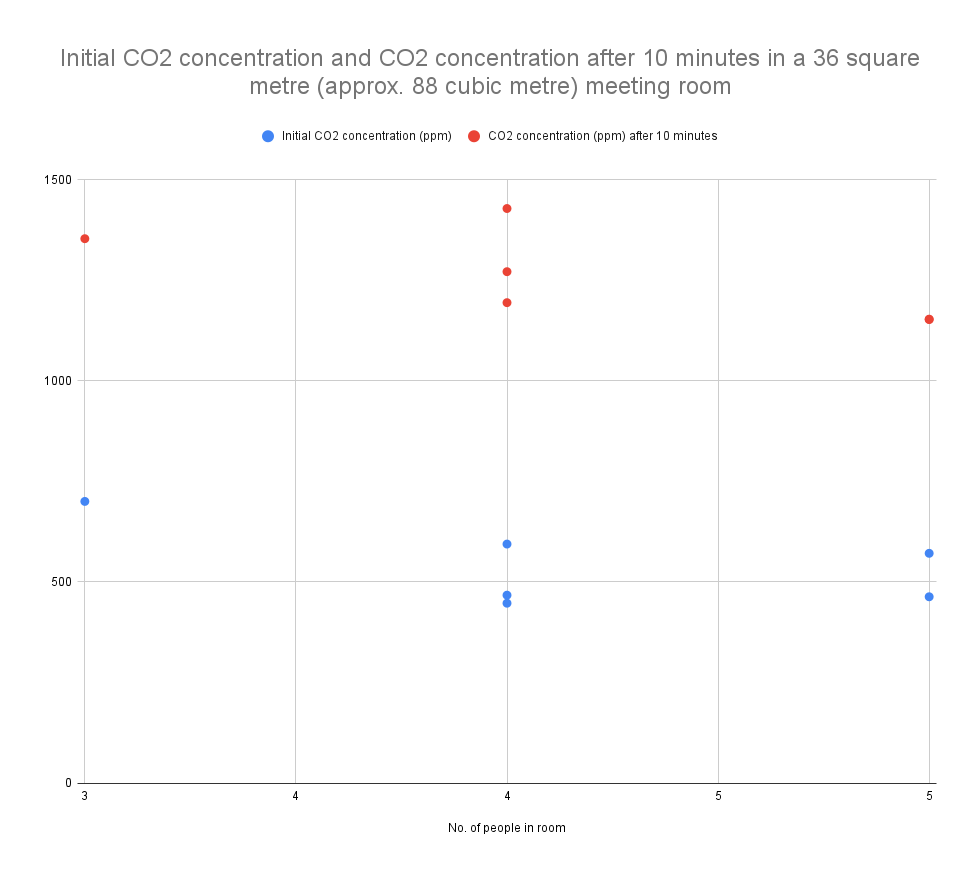
The golf course meeting is a bit of a cliche. Executives in silly trousers getting together to hit little balls with clubs whilst at the same time sealing deals or hatching cunning business plans.
Such meetings were usually pretty exclusionary and often served to massage egos and provide tremendous opportunities for flattery and sycophancy. These days, they probably don’t occur as often.
However, aside from what passes as sport, there are probably some sound reasons why holding important meetings outdoors in a vast open green space is a good idea.
Most important business decisions are made during meetings behind closed doors. Meeting rooms – occupied by several people all concentrating hard on presentations and spreadsheets – may be private, but they might also be making it hard to think clearly.
At ground level, carbon dioxide concentration in the air is approximately 400 ppm. When carbon dioxide concentrations rise to about 1,000 ppm, humans start feeling a little drowsy, and when they rise above 1,400 ppm our cognitive abilities start to decline – we find it harder to concentrate and make quick, rational decisions. A study carried out at the Lawrence Berkeley National Laboratory in the USA showed that “On nine scales of decision-making performance, test subjects showed significant reductions on six of the scales at CO2 levels of 1,000 parts per million (ppm) and large reductions on seven of the scales at 2,500 ppm. The most dramatic declines in performance, in which subjects were rated as ‘dysfunctional,’ were for taking initiative and thinking strategically.”
So, what’s the problem? 1,400 ppm is over three times the carbon dioxide concentration in the atmosphere – is it really possible to get to those levels?
The answer is yes, and it doesn’t take too long for a few breathing adults in a confined space to manage it.
Back in 2016, Gensler carried out a study in two identical meeting rooms (one of which was fitted with a small green wall) – a floor area of 21 square metres each, so about 50 cubic metres in volume. Three people working in those spaces, doing ordinary office tasks were able to elevate carbon dioxide levels to well over 1,400 ppm in a matter of minutes in the unplanted room (in the planted room, carbon dioxide exceeded 1,000 ppm, but reduced quite quickly – possibly as a result of the plants beginning to photosynthesize).

I carried out my own studies in a meeting room that had a floor area of 35 square metres (volume of just under 90 cubic metres), and it was possible for groups of only three or four to increase carbon dioxide concentrations to almost 1,500 ppm in 10 minutes, and that was in an office in an old building which wasn’t especially airtight.

As well as having an impact on cognitive ability and fatigue, high levels of carbon dioxide in a room are usually associated with other symptoms of discomfort, such as a feeling of stuffiness. This may have something to do with an increase in humidity and a rise in temperature that can also happen in confined spaces. Interestingly, some new research has shown a relationship between high levels of carbon dioxide and humidity with the transmissibility of airborne viruses – this is probably related to ventilation rates and is one of the reasons that carbon dioxide monitors are used to determine whether windows should be opened in school classrooms.
Holding meetings outdoors means that, as well as being exposed to fresher air, you are also exposed to the other sensory stimuli found in nature, and as discussed before, coherent sensory stimulation is one of the key components of biophilia.
Business meetings don’t have to take place on golf courses: a local park or woodland would do the job just as well. Imagine how much more productive businesses would be if they allowed the minds behind the business to work more effectively.
2 thoughts on “Why the golf course might really be a good place for important business meetings (but not for the reasons you might be thinking)”